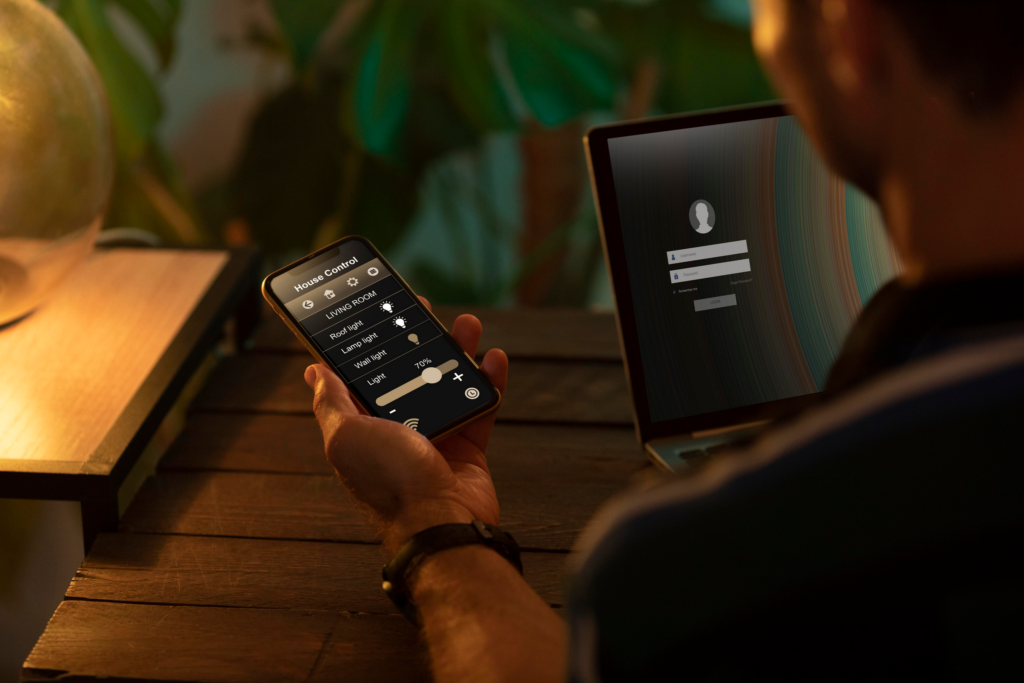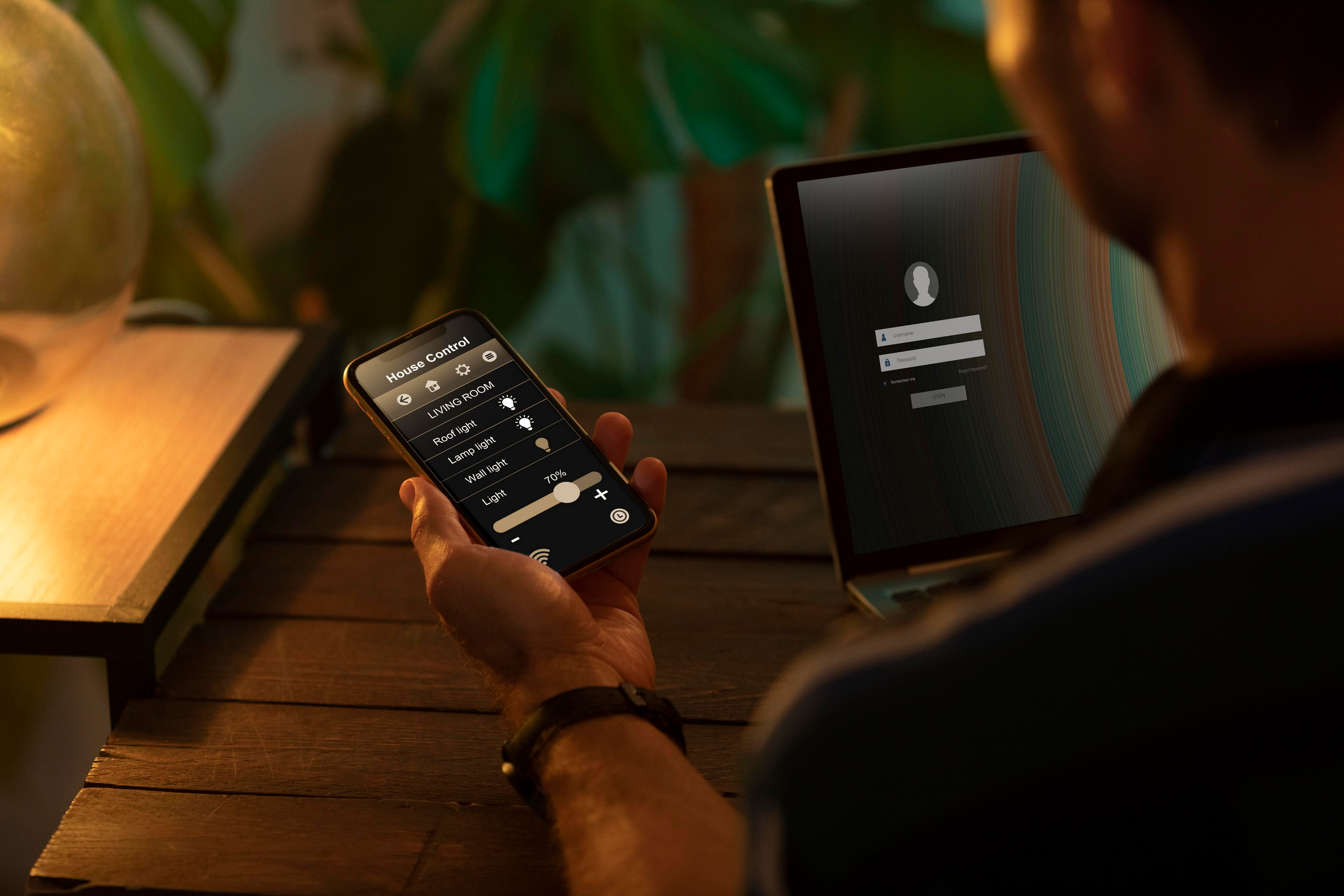The Rise of Voice User Interfaces (VUIs): Shaping the Future of Digital Interaction

The Rise of Voice User Interfaces (VUIs): Shaping the Future of Digital Interaction
As screens get smaller and user expectations grow ever more sophisticated, the way we interact with technology is undergoing a profound transformation. The era where tapping and typing dominated our digital experience is rapidly giving way to something far more intuitive, personal, and human: voice. Voice User Interfaces (VUIs) have evolved from niche gadgets in science fiction movies into essential tools embedded in our homes, cars, workplaces, and pockets.
From asking Alexa for the weather to dictating texts on smartphones, or controlling smart TVs with a simple phrase, voice technology is reshaping how we search, shop, communicate, and engage with digital content. For businesses and brands aiming to thrive in 2025 and beyond, mastering voice interaction is no longer just an opportunity—it’s a competitive necessity.
In this forward-looking guide, we’ll explore the explosive growth of VUIs, real-world applications, design best practices, challenges, and how your organization can leverage voice to lead in a voice-first world.
What Is a Voice User Interface (VUI)?
A Voice User Interface is a system that allows users to interact with digital devices or software applications through spoken commands rather than relying on text input, clicks, or touch gestures. Powered by advances in natural language processing (NLP), these systems understand, interpret, and respond to user speech in real time.
VUIs have become the backbone of many everyday technologies, such as:
- Smart assistants: Alexa, Google Assistant, Siri
- In-car infotainment: Apple CarPlay, Android Auto
- Smart home devices: Voice-controlled lighting, thermostats, security
- Voice-enabled customer support: Automated call centers and chatbots
- Accessibility tools: Speech-to-text dictation and navigation aids
Unlike traditional graphical user interfaces (GUIs) that rely on visual cues—buttons, icons, menus—VUIs prioritize a fluid, conversational experience. This makes technology more accessible and natural, reducing friction and speeding up interactions.
Why Are VUIs Taking Off So Quickly?
The Numbers Speak Loud and Clear
The rapid rise of voice technology is not a mere coincidence—it’s backed by compelling data and clear shifts in user behavior:
- Over 50% of U.S. households now own at least one smart speaker (Statista, 2024).
- 71% of users prefer voice search over typing when given a choice (PWC).
- Global voice commerce sales are projected to exceed $45 billion by 2025 (OC&C Strategy Consultants).
- By 2026, voice assistants are expected to be embedded in 8.4 billion devices worldwide—outnumbering the global population (Juniper Research).
This growth is more than just convenience—it’s a response to modern lifestyles that demand speed, multitasking, and hands-free interaction.
What’s Driving This Boom?
- Convenience and Speed
Speaking commands is estimated to be 3 to 4 times faster than typing (ComScore). This speed makes voice perfect for multitasking, whether you’re cooking, driving, or working. - Accessibility and Inclusion
VUIs empower people with visual impairments, motor difficulties, or other disabilities to navigate technology easily, breaking down barriers to digital inclusion. - Smart Home and IoT Adoption
As smart home devices become more affordable and interconnected, voice naturally emerges as the primary control interface, offering hands-free convenience. - Advances in NLP Accuracy
Thanks to machine learning and vast voice datasets, speech recognition systems now achieve over 95% accuracy for English (Google, 2023), making voice interactions reliable and satisfying.
Real-World Applications of Voice Interfaces
Voice technology is no longer limited to simple queries—it’s embedded across industries and use cases:
Smart Homes
Voice commands for lighting, climate control, security, and entertainment are standard features of smart homes. Devices like Amazon Echo and Google Nest have revolutionized home automation, turning voice into the remote control of the future.
Automotive
Driving safely demands hands-free control. Voice assistants like Apple CarPlay and Android Auto enable drivers to navigate, make calls, send texts, and control media without taking their eyes off the road.
Voice Commerce
Consumers can reorder household staples, track packages, and discover new products through voice commands, simplifying the shopping journey. Voice commerce is becoming a seamless part of everyday retail experiences.
Healthcare
Medical professionals use voice for note-taking, patient dictation, and telemedicine consultations, freeing up valuable time for patient care. Voice-enabled devices help patients manage medications and appointments.
Business Productivity
Voice-powered virtual assistants help schedule meetings, transcribe conversations (e.g., Otter.ai), and manage tasks, enabling professionals to focus on what matters most.
Voice Search and SEO: A Paradigm Shift
The rise of voice has profound implications for search engine optimization (SEO). Voice queries are inherently different from typed searches:
- They tend to be longer and more conversational.
- Often question-based: “What’s the best Italian restaurant near me?” rather than “Italian restaurant NYC.”
- Frequently local in intent, reflecting immediate needs.
To optimize for voice, businesses should:
- Focus on natural language and long-tail keywords.
- Create content structured around FAQs and direct answers.
- Prioritize local SEO signals to capture “near me” searches.
Remember, 58% of consumers use voice search to find local business information (Search Engine Journal)—making local optimization critical.
Designing Effective Voice Experiences: UX Principles
Creating great voice experiences isn’t just about technology—it’s about empathy and design thinking.
1. Clarity and Simplicity
Keep prompts short, clear, and focused. Avoid overwhelming users with multiple options or jargon.
2. Context Awareness
Design your VUI to adapt to the environment—consider background noise levels, user distractions, and situational context.
3. Error Recovery and Graceful Handling
When the system doesn’t understand a command, offer polite and helpful responses. For example, “I didn’t catch that. Would you like to try again?” keeps the interaction flowing.
4. Personality and Brand Voice
Voice assistants aren’t just functional—they’re brand ambassadors. Craft a tone and personality that align with your brand values and make interactions engaging. Alexa’s light humor is a powerful example of building rapport through voice.
Overcoming Voice Technology Challenges
While adoption surges, some obstacles remain:
- Privacy and Trust: Users worry about how their voice data is stored and used. Brands must be transparent and offer clear privacy controls.
- Discoverability: Without visual interfaces, users may struggle to know what commands are available. Effective onboarding and hints are vital.
- Multilingual and Accent Support: Voice systems need to understand diverse languages, dialects, and accents—a complex but essential challenge for global reach.
Voice in the Broader Omnichannel Experience
Voice technology isn’t a siloed interaction; it’s part of an integrated omnichannel strategy:
- Start a shopping list by voice, finish it on your phone app.
- Ask a smart speaker to schedule a meeting, then receive calendar reminders across devices.
- Begin a customer service query via voice bot and seamlessly escalate to a live agent in chat.
This seamless flow makes user journeys effortless and cohesive, enhancing satisfaction and loyalty.
Industries Leading the Charge with Voice
| Industry | Voice Application | Business Impact |
|---|---|---|
| Retail | Voice commerce, reorder systems | Faster checkout, increased sales |
| Banking | Balance checks, transfers | Enhanced engagement, app loyalty |
| Hospitality | Voice-enabled rooms, concierge | Elevated guest satisfaction |
| Education | Study assistants, tutoring | Improved accessibility and learning engagement |
| Healthcare | Note-taking, appointment booking | Time savings and efficiency |
Looking Ahead: The Future of Voice Interaction
1. Multi-Modal Interfaces
Voice won’t work alone—expect hybrid experiences blending voice, visuals, and gestures, enabling richer interactions. Imagine speaking a command while viewing dynamic results on a screen.
2. Hyper-Personalized Assistants
Next-gen voice systems will adapt tone, vocabulary, and workflow based on individual user preferences and behaviors, creating uniquely tailored experiences.
3. Workplace Transformation
Voice will revolutionize digital workspaces—handling project updates, generating reports, and managing communications hands-free, boosting productivity.
4. Deeper IoT Integration
Voice will be the connective tissue in smart homes, cities, and offices. For example, smart refrigerators alerting users about expiring food and reordering groceries via voice will become commonplace.
Preparing Your Brand for a Voice-First Future
- Voice-Optimize Your Content: Emphasize conversational language, FAQs, and structured data.
- Experiment with Voice Apps: Build Alexa Skills, Google Actions, or voice-activated customer service flows.
- Educate and Guide Users: Provide onboarding experiences and visual support to ease adoption.
- Prioritize Privacy: Be transparent, respect consent, and avoid unnecessary data storage.
- Invest in Voice UX: Collaborate with designers, test with real users, and refine continuously.
Conclusion: Voice — The Future of Human-Tech Interaction
Voice User Interfaces are not a fleeting trend—they represent a fundamental shift in how humans and machines communicate. VUIs unlock a new level of convenience, accessibility, and engagement, making technology more natural and inclusive.
For businesses, this is a tremendous opportunity: to meet users where they are, simplify interactions, and build loyalty through seamless, responsive experiences. The future belongs to those who don’t just adapt to voice—but lead with it.
✅ Key Takeaways:
- Voice interaction is skyrocketing across industries and devices.
- Voice search demands new SEO strategies centered on natural language.
- Great voice UX requires empathy, simplicity, and brand personality.
- Privacy and user onboarding remain critical success factors.
- Voice is an essential component of omnichannel digital strategies.


